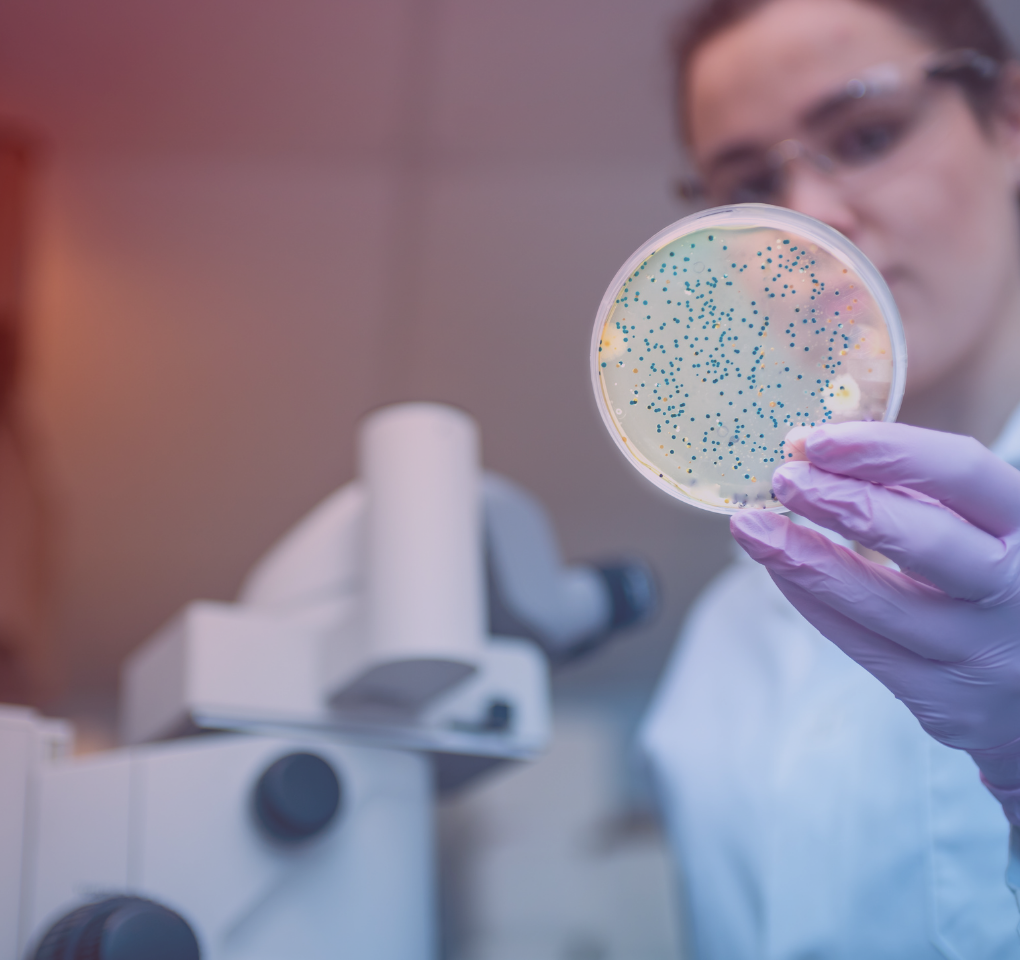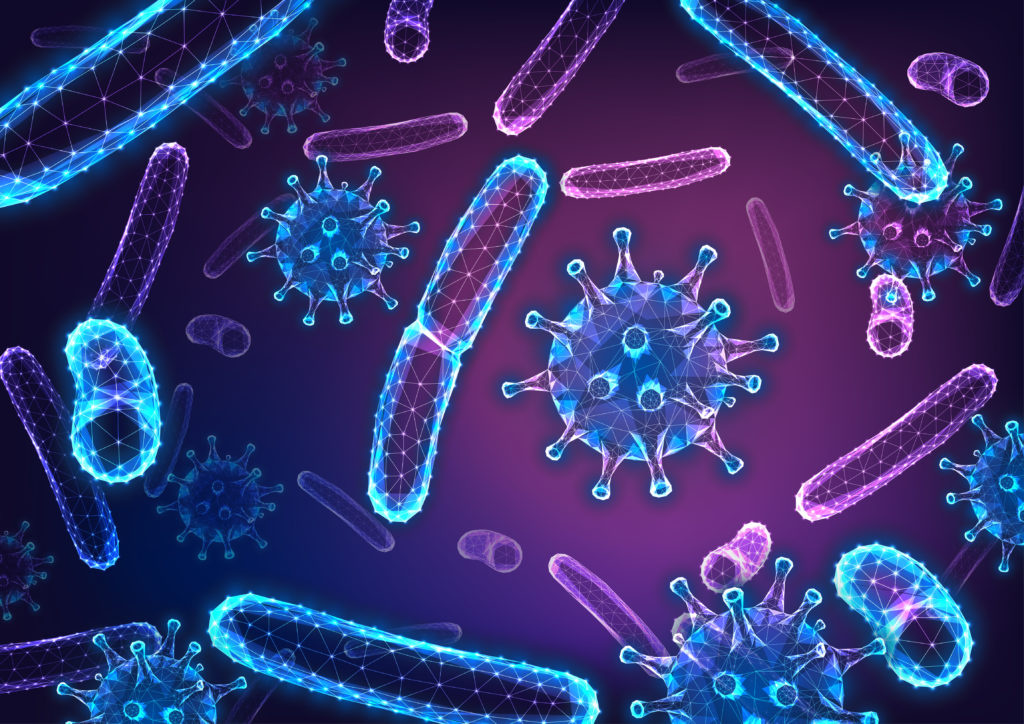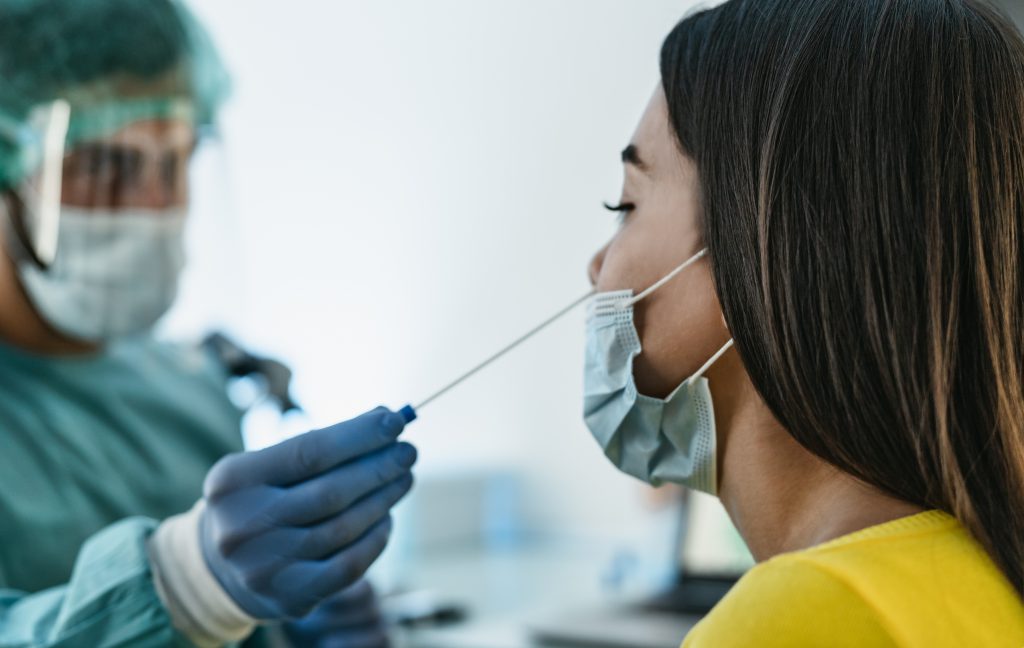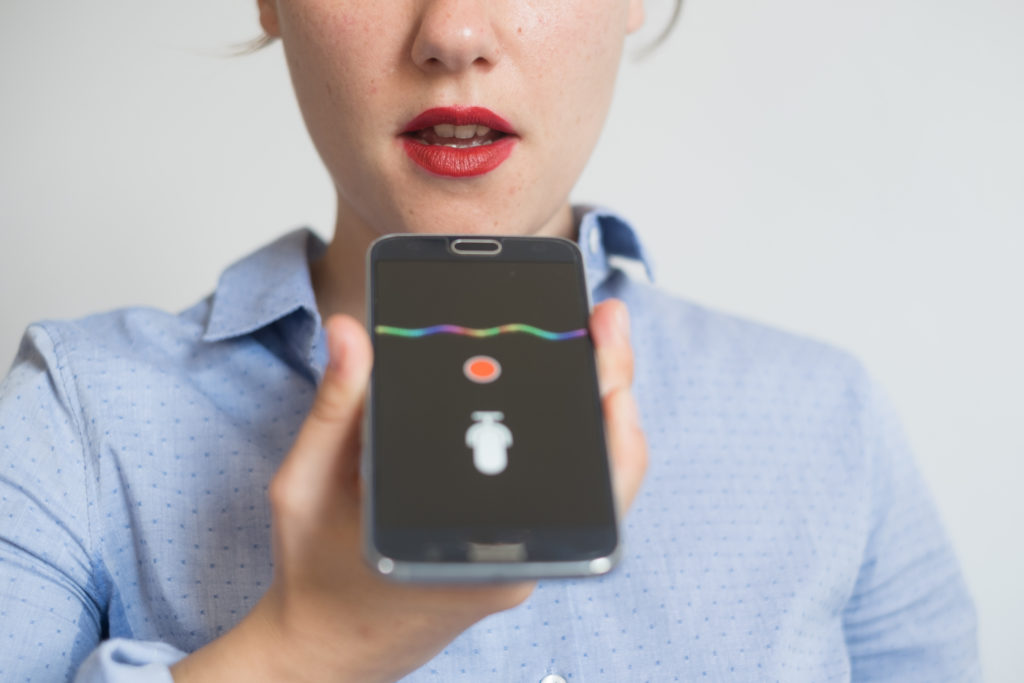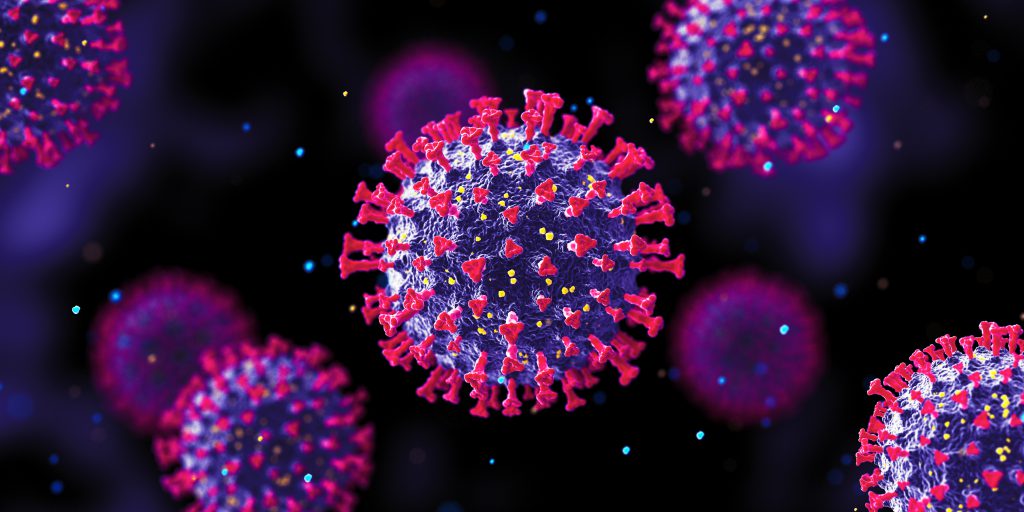COVID-19: How does the vaccination help to prepare the immune system?
05 March 2021
The human immune system plays a key role in fighting the SARS-CoV-2. How does the vaccination help to prepare the immune system? And what happens on a cellular level when an immune response is generated? We spoke about these questions with Prof. Dirk Brenner, immunologist at the Luxembourg Centre for Systems Biomedicine and the Luxembourg Institute of Health.
This article was originally published by the University of Luxembourg

Why do we need an immune system and how does it work?
Our immune system naturally protects us against infections by fighting pathogens such as SARS-CoV-2 or other viruses. Generally speaking, we can distinguish two parts in how the immune system responds: The innate and the adaptive immune system which differ in their mechanism of action.
The innate immune system can be considered as the “first line of defence” as it provides direct and all-time present defence mechanisms. On a molecular level, typical patterns and structures of bacteria or viruses are recognised and the innate immune system aims to control the excessive spread of a pathogen until the other part of the immune system, the adaptive immune system, is ready.
In contrast to the very fast responding innate immune system, the adaptive immune system takes more time to react but in return it typically mounts a very specific and efficient immune response towards the particular pathogen. It recognises the individual structures of for instance the virus and initiates the production of specific antibodies, which can neutralise the virus. These antibodies are produced by immune cells, which are called B cells. Next to these antibody responses, the adaptive immune system can mount a specific cellular response that is based on particular white blood cells named T cells. T cells can identify infected cells of the body and remove them before the virus can spread to other body cells.
This adaptive response needs up to a week to be fully efficient, during this time the innate immunity provides basic protection against the pathogen. In simple words, the innate immunity can be seen as a fast generalist, who is helped by the more specialised adaptive immunity that first needs to be trained.
How exactly is adaptive immunity acquired? Can the immune system adapt to a certain pathogen?
This process is relatively complex as it involves many highly regulated steps on a cellular level. Briefly, cells of the innate immune system first recognise the virus. They then engulf the virus and break it down into small pieces. The pieces of the virus, we call them antigens, are then displayed on the surface of these so-called antigen-presenting cells. The clue is now that the T cells of the adaptive immune system can recognise these presented viral fragments.
Once the antigen has been recognised, these T cells multiply to large numbers, specifically detecting the particular antigen of the virus. Certain T cells directly attack infected cells within the entire body – we call these cell cytotoxic T cells. Other T cells can provide help to the B cells in their effort to produce antibodies directed against the virus.
However, these antibodies are not extremely efficient right from the beginning. Therefore, the immune system can optimise antibodies and many different antibodies are generated based on a trial-and-error principle until highly specific anti-viral antibodies can be formed. In the best-case scenario, these antibodies are then produced in high amounts and can neutralise the pathogen. A virus that is bound by a neutralising antibody cannot enter a cell of the body anymore. Several antibodies can bind a virus, although these antibodies do not inactivate the virus per se. However, they flag the virus to be easily recognised by innate immune cells, who simply eats it.
Once an infection is cleared, the immune system remembers the specific virus it has been exposed to. We call this the immunological memory. This consists of both pre-existing antibodies, B cells and memory T cells. In the event of a new infection with the same virus, antibodies are immediately present and can be generated very quickly in large quantities. In addition, the memory T cells, that means the cells that already know the virus, also react very quickly.
How does the immune system react when we get vaccinated?
In principle, a vaccine prepares the immune system for an infection by simulating the encounter of the virus. There are different types of vaccines. All of them have in common that parts of a virus or in some case even the entire inactivated or weakened virus are presented to the immune system. The difference here is, that the body does not actually get sick as there are either only certain parts of the virus are present, or a live virus is modified in such a way that it is too weak to infect an individual. The latter is typically used in case of the vaccine against measles.
The immune reaction triggered by a vaccine is also very limited in time as it only continues for that long as the viral antigens are present. Still, the generated response is highly specific and generates antibodies and virus-specific T cells. Most importantly, vaccination establishes the immunological memory, which results in a long-term protection.
In the case of the SARS-CoV-2 vaccination, different vaccines have been developed. Up to now, all vaccines have in common that only a specific part of the virus is presented to the immune system. The established immunological memory following vaccination makes sure that upon encounter of the real SARS-CoV-2 virus the immune system is already primed to react very efficiently. However, immunity does not mean that one cannot get infected anymore, but in general the immune system reacts so quickly that no or only mild symptoms occur. So, far it is not entirely proven that vaccinated people cannot still spread SARS-CoV-2. However, vaccination clearly reduces the amount of the virus in the body and some encouraging very recent data from England indicate that also the transmission and spread of the virus can be largely controlled by vaccination.
Which part of SARS-CoV-2 is used to simulate the infection and how can we be sure this is efficient?
This is part of the vaccine development process which generally depends on the nature of the pathogen. In the case of SARS-CoV-2, we were lucky to know some of its critical antigens. These insights were gained from two infection events that occurred with the closely related coronaviruses SARS-CoV-1 almost 20 years ago and MERS in 2012. Studies on these viruses revealed that the most critical antigen is the so-called spike protein, a protein that is needed for attaching the viruses to cells. These findings where then very quickly confirmed for the new coronavirus SARS-CoV-2. This knowledge was absolutely critical for the very fast vaccine development we have seen so far. After the entire genomic sequence of SARS-CoV-2 was revealed by Chinese researchers in January 2020, scientists all over the world were focusing their vaccine strategies on this very critical antigen.
The spike protein of SARS-CoV-2 is a particularly good target for the immune system, because it can evoke a very specific immune response. It is located in the outer membrane of the virus and can therefore be easily accessed by antibodies. Most importantly, it is crucial for the virus to infect a cell – blocking this protein with specific antibodies prevents it from attaching to a cell and entering it.
Are people who claim to have a strong immune system protected better and thus do not need to get vaccinated?
This is indeed wishful thinking, but from what we know by now about the virus, this is clearly not the case. However, we can see a clear correlation of the severity of the COVID-19 disease with age which can be explained by the general fitness of younger people’s immune system. It seems that the immunological age as we call it might be decisive to cope with this infection. Yet, these are complicated processes for which the precise details are not entirely clear and even young people might become very ill and develop a severe course.
The clinical vaccine trials are extremely promising: In the phase 3 clinical study for the Pfizer/BioNTech mRNA vaccine, 43,500 people participated. Around half of the participants received the real vaccine and the other half was vaccinated with a placebo compound. Both groups were comparable in terms of age and medical background but did not know which compound they had received. All 43,500 participants were then closely monitored for natural occurring infections. In total, 170 COVID-19 cases were recorded. Out of these, 162 appeared to be in the placebo group and only 8 individuals who received the mRNA vaccine developed COVID-19 symptoms. Statistical analysis then revealed that mRNA vaccination was 95% effective in protecting against the occurrence of COVID-19 symptoms – which is really impressive! Importantly, this efficiency didn’t vary between the different age groups that were assessed by Pfizer/BioNTech.
How long does the protection induced by the vaccination last?
The time for which the immune system is still able to remember and thus recall quickly a specific immune reaction is different for each pathogen. There are some vaccines, for example the ones against measles or hepatitis B, which can provide protection for an entire lifetime. In contrast, many others have to be refreshed after certain intervals.
Among many other factors, the different variants or strains of the pathogen might also play a role in that. At the moment, there is no reliable data available on how long the COVID-19 vaccines protect against the virus, but it certainly does for several months. Vaccinated people are therefore closely monitored to observe the efficiency of protection by the vaccine over time. In the long run, it might be that the COVID-19 vaccination has to be repeated according to a certain schedule in order to remain efficient, as for other vaccines against encephalitis, for instance.
Can people vaccinated against SARS-CoV-2 still transmit the virus when they are infected?
It is clear that in vaccinated individuals the activation of the adaptive immune system is much faster and that antibodies are already present. Therefore, the virus has less time to multiply, which lowers the viral load in these individuals. This has been also supported by animal vaccination studies. There is recent evidence that vaccination with the vector-based AstraZeneca-vaccine can reduce coronavirus transmission by approximately 67%. This is very good news, which indicates that vaccination does not only protect oneself from COVID-19 symptoms but is also effective against spreading the virus. According to this finding vaccinated people will not only protect themselves, but also the society. I am very confident that very soon we will see similar studies and results from the other vaccines as well. However, we need more data on this for a final conclusion and until then even vaccinated people have to follow the sanitary measures strictly.
Can vaccination have side effects?
The common effects of vaccination, such as itching and fatigue, are typically indicating that the body reacts by mounting an immune response. The most frequent reported side effect of the Pfizer/BioNTech vaccine for example has been mild pain at the injection site.
It is important to know that there are in principle no long-term side effects of any vaccination. Any side effect of vaccination occurs almost directly after receiving the vaccine. In general, severe side effects are very rare, hence it often takes a long time to identify a statistically significant number of cases to link a potential side effect with the vaccination. If the number of vaccinated people on top of this is rather low, it even takes more time to visualise this effect.
There is absolutely no reason to assume that any long-term side effects arise from the COVID-19 vaccines. These vaccines have been successfully used by several million people by now not reporting any unexpected complications months after vaccination.
However, with the start of the Pfizer/BioNTech vaccination campaign very rare cases of severe allergic reactions against certain additives were reported. In a recent analysis of the Center for Disease Control and Prevention (CDC) in the USA, out of 1.89 million people that received this RNA vaccine, only 21 showed severe allergic symptoms. These very rare severe reactions occurred within minutes after vaccination and in all cases could be treated without long-term consequences. So, on a factual basis, there is nothing to fear from the vaccination compared to the severe consequences of an infection with SARS-CoV-2.


